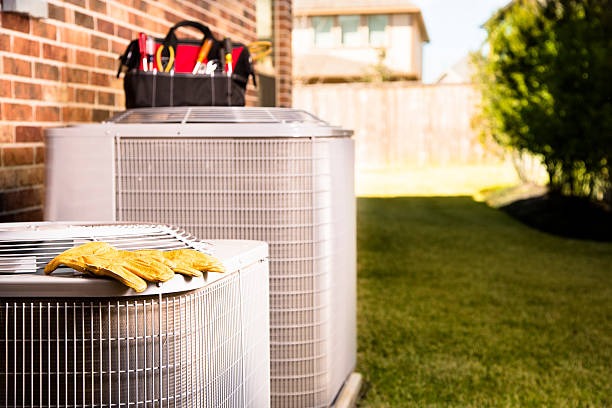Maintaining an HVAC system is a crucial task that ensures the longevity and efficiency of the unit. One common problem that homeowners often encounter with their HVAC systems is water drips from the evaporator coil. This issue can lead to significant concerns if not addressed promptly, such as water damage to your home or reduced efficiency of the unit.
The evaporator coil is an essential component of any HVAC system. It absorbs heat from your home’s air and cools it down before circulating it back into your house. As this process occurs, condensation forms on the coil and typically drains away without causing issues. However, problems may arise when this condensation starts dripping inside your home instead of draining correctly.
Several factors could cause water drips from the evaporator coil in an HVAC system. A clogged drain line is one common reason for this issue; dirt and debris can accumulate in the drain pipe over time, preventing water from draining properly and leading to leaks around the evaporator coil area.
Another potential cause could be a frozen evaporator coil, which generally results from low refrigerant levels or poor airflow due to dirty filters or obstructed vents. When the ice on a frozen coil melts, it website may result in excessive water that overwhelms the drain pan capacity causing leaks.
Lastly, improper installation or size mismatch between different components within your HVAC system might also lead to evaporator coil leaks. If these parts don’t fit together correctly, they can create gaps where condensation escapes rather than being directed into a drainage path.
Regardless of what causes these issues with your HVAC’s evaporator coils, there are several steps you can take towards resolving them effectively. The first step should always be turning off power supply to prevent any electrical mishaps while working on sensitive parts like coils.
If you suspect a clogged drain line as culprit behind leakages then cleaning it out using wet/dry vacuum might prove beneficially effective for clearing obstructions allowing proper drainage. In case of a frozen coil, it’s best to call a professional technician who can diagnose the root cause and fix it accordingly.
For leaks resulting from improper installation or size mismatch, you may need to consult with an HVAC professional about possible solutions. They might recommend replacing certain parts or even your entire system if necessary.
In conclusion, water drips from the evaporator coil in an HVAC system are not uncommon but they can be prevented through regular maintenance and prompt attention to any issues that arise. By understanding what causes these problems and how to fix them, homeowners can ensure their HVAC systems continue running efficiently for years to come.





